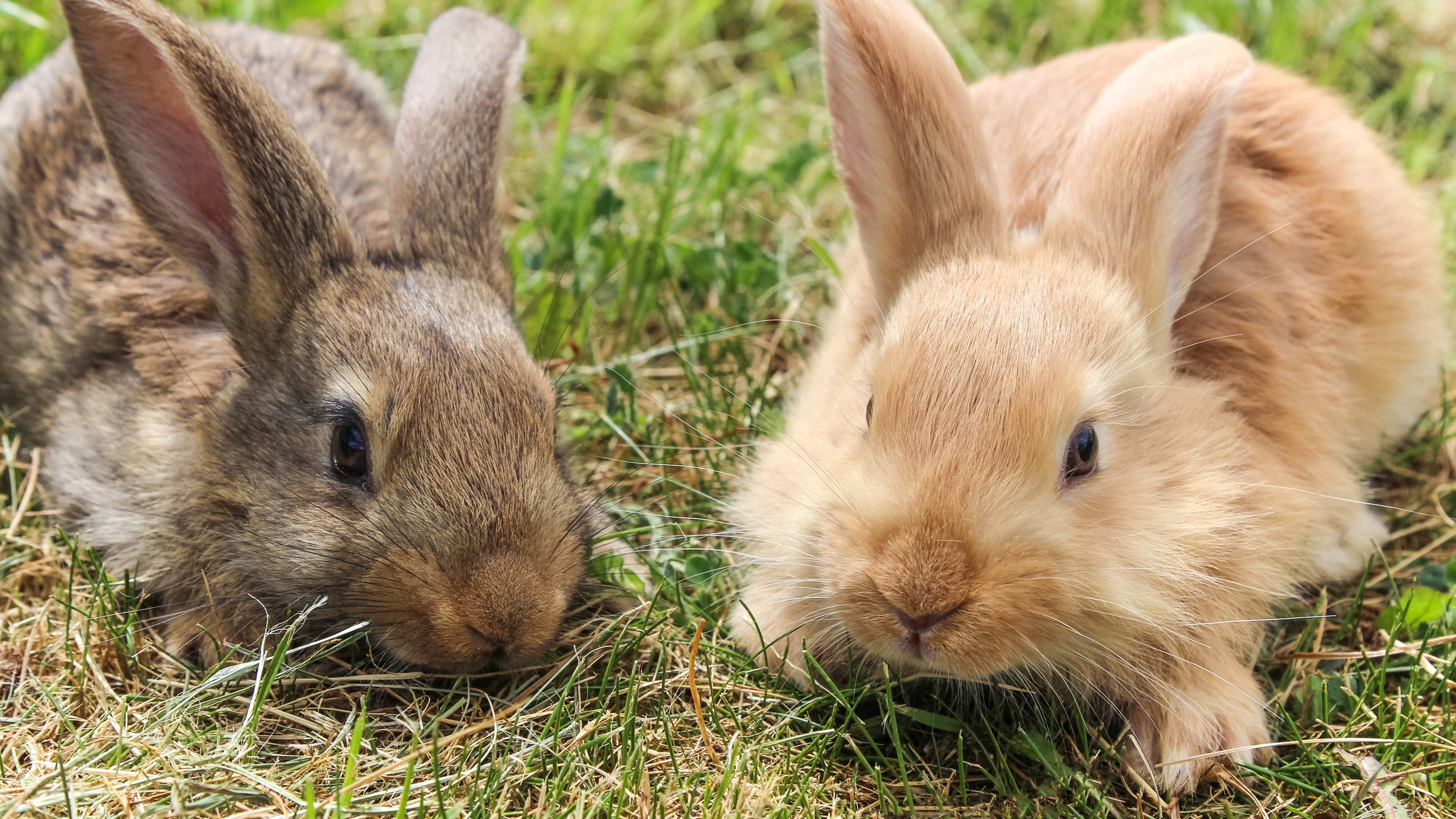
Heatstroke In Rabbits and Small Furries
How can you recognise heatstroke in small pets, what should you do if you think your rabbit or small pet has heatstroke and how can you prevent it in the first place?
When we talk about the risk of heatstroke in pets, many of us think immediately of dogs who have been exercised in hot weather. But did you know that rabbits and other small pets are very susceptible to heatstroke?
So, how can you recognise heatstroke in small pets, what should you do if you think your rabbit or small pet has heatstroke and how can you prevent it in the first place?
What is heatstroke?
The body can deal with slight changes in external temperature. However, in the wild, most small species like rabbits, hamsters and guinea pigs, and even those who live in a desert climate, spend much of their lives underground in burrows, where the temperature doesn’t reach extremes, or they’re active during the night, when it’s much cooler. So, they have limited means of handling wider temperature variation. It’s difficult to replicate natural living conditions for our pets so, sadly, we sometimes see heat-related illness and heatstroke.
When the body temperature rises above a critical level, the biochemical pathways can no longer work properly and body organs and processes begin to fail, leading to clinical symptoms and, ultimately, to death.
What to do if you think your pet has heatstroke
Immediately get your pet into a cooler environment. For instance, move them away from direct sunlight or any artificial heat source and, if possible, place them onto a cool surface, such as a cold, wet towel or a cold floor. Wipe your pet’s ears and body with a cold, wet cloth, splash them or mist them with cold tap water and, if available, place them within range of a fan or an open fridge door. Don’t be tempted to leave a cloth over your pet as this can prevent heat escaping.
Ring your vet, whatever time of the day or night it is, and they’ll advise you what to do next. Whether your small pet seems to recover quickly or not, they should always be seen by their vet after a suspected heat-related event. When travelling to the clinic, make sure the carrier is well ventilated, place your pet on a cool surface and run the car’s air conditioning on cold, or keep the windows down and the carrier door secure to prevent your pet from climbing out.
If your pet is gasping or panting, don’t try to force them to take water as they could inhale it, but if they are fully conscious and calm, you can try offering water from a shallow container or drinker placed directly in front of them. Don’t leave them unattended in front of a water bowl in case they wobble or fall in.
How to prevent heatstroke in rabbits and small pets
Rabbits are adapted to live underground when external temperatures rise. They can begin to overheat at temperatures as low as 24°C. If your rabbits or guinea pigs have an outdoor hutch and run, make sure they have plenty of shade. If you don’t have a naturally shady spot in the garden, you can put a sunshade over the hutch and run using towels or even a mobile shelter such as a gazebo. It's also important not to put your rabbit's house against sheds, garages or house walls - these radiate heat even when in shade.
For a small pet who lives indoors, place their house somewhere they aren’t exposed to direct sunlight or to heat from a fire or radiator, and never keep pets in a conservatory or similar area, as these can become very hot surprisingly quickly.
Always make sure your small pets have an appropriate amount of fresh food, and constant access to cool, clean water. Remember, during hot weather, they might need their water refilling more often.
Provide opportunities to stretch out and cool down by making part of the floor of a rabbit or guinea pig run out of stone or concrete slabs. You could also place individual ceramic slabs, wet towels or rabbit-safe cool mats in shady areas where your pets can go to lie down and cool off. Plastic water bottles can be frozen and placed around the run for your pets to lie close to, or to lick when condensation forms.
Tunnels, old cardboard boxes or tubes, and a large litter tray, filled with damp soil can help rabbits and guinea pigs to stay cool as well as providing opportunities to hide or dig.
You can help your rabbit to keep cool by grooming them to remove loose hair, but make sure you’ve practiced grooming them before hot weather arrives, so you don’t make them anxious.
For indoor pets, good ventilation, open windows and fans, as long as the pets aren’t directly in line of the draughts, can also help to keep them comfortable during hot spells.
Check on your pets as often as possible – early identification of problems can prevent them from escalating. Rabbits should also have their bottoms checked at least twice a day to make sure they’re clean and that there’s no sign of fly eggs, which look like miniature grains of rice and can hatch within hours.
If you have the slightest concern that your rabbit or small pet is behaving unusually or could be overheating, don’t be afraid to ask your vet team for advice: it’s far better to act early than to wait to see if a situation worsens.
Rabbit Advice
Read more of our expert rabbit advice to keep your rabbit happy and healthy.
